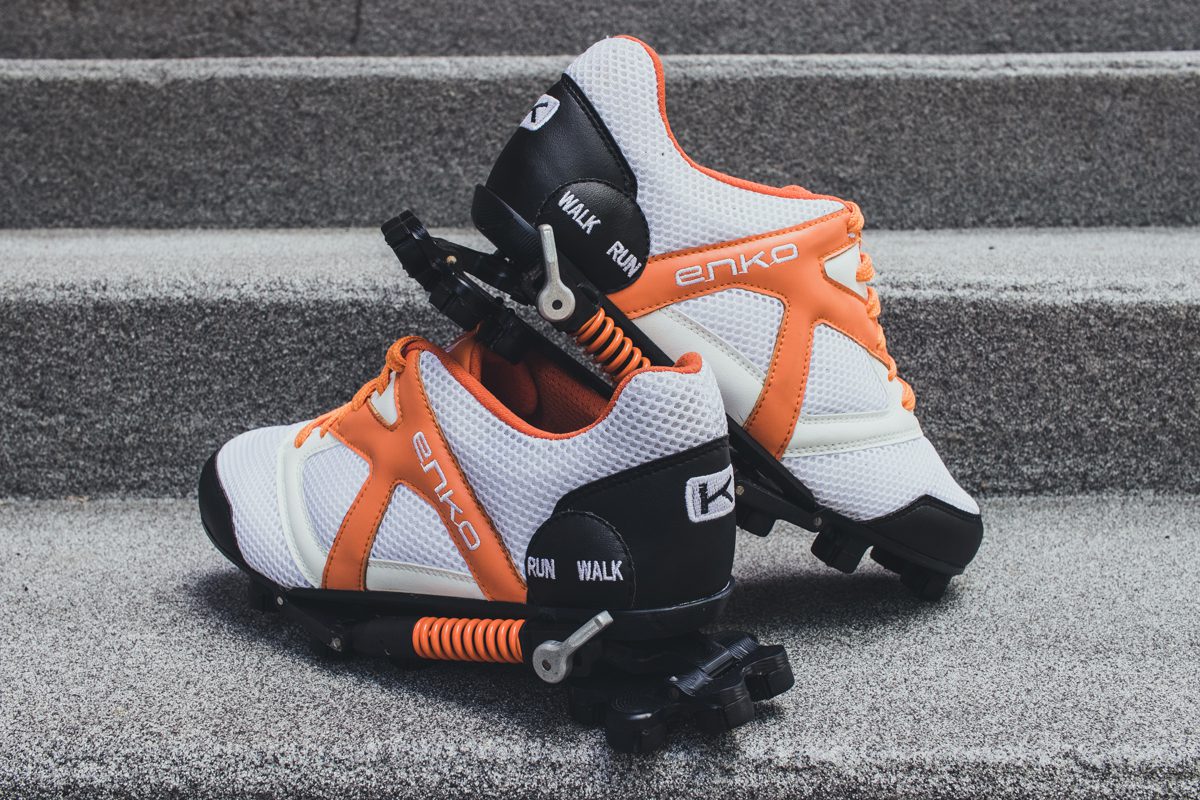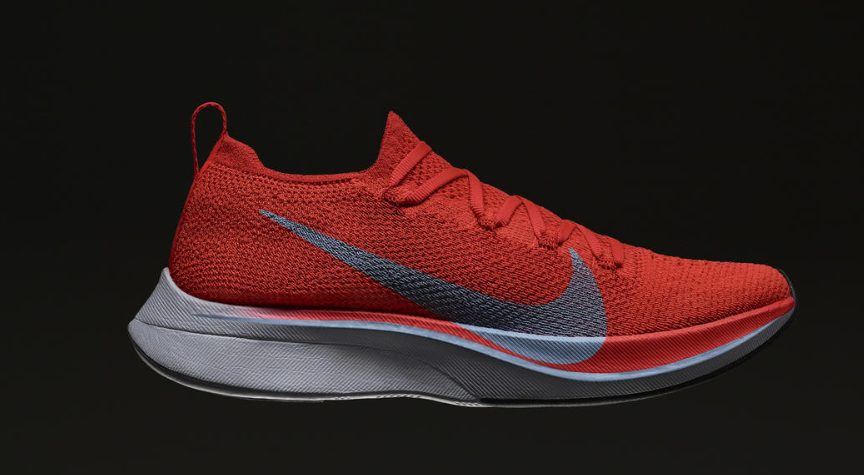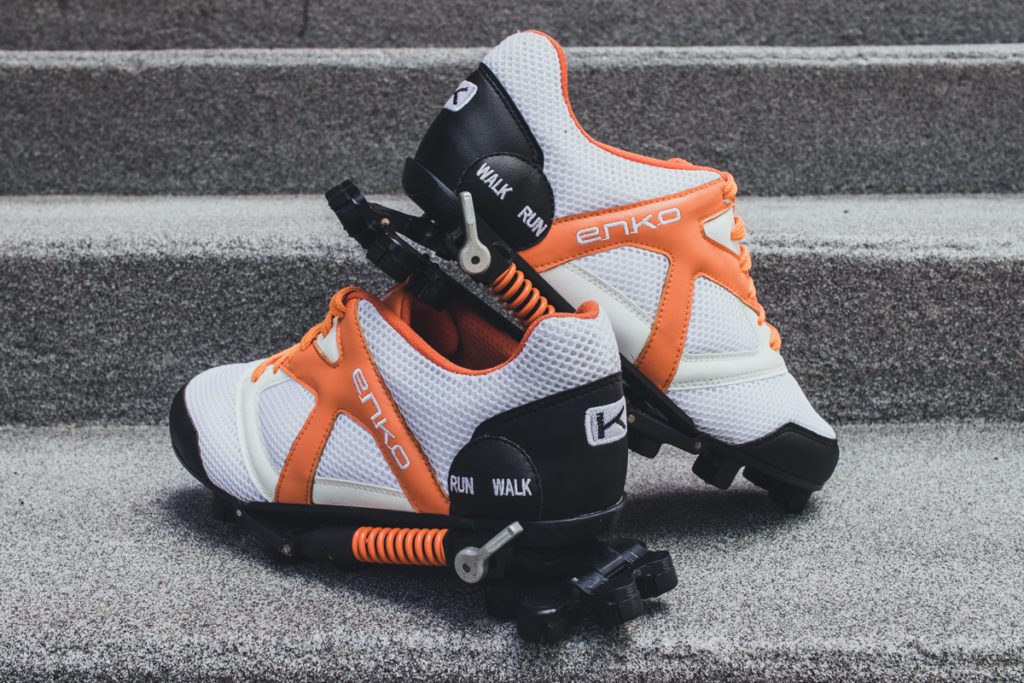Nike Vaporflys haven’t been banned, but these shoes are
A list of athletic shoes that thought they were cutting edge but ended up illegal in-competition

As the year comes to a close, one of the biggest questions left in the running community is the question of the Nike Vaporflys: are they a key reason why so many records have fallen in 2018? Many question if they’re too good, and should be banned from competition for providing an unfair advantage to those who are wearing the carbon-plated shoe.

RELATED: Is the Vaporfly 4% too good?
The IAAF’s shoe rules are as follows: “Athletes may compete barefoot or with footwear on one or both feet. The purpose of shoes for competition is to give protection and stability to the feet and a firm grip on the ground. Such shoes, however, must not be constructed so as to give athletes any unfair assistance or advantage.”
They continue, “Athletes may not use any appliance, either inside or outside the shoe, which will have the effect of increasing the thickness of the sole above the permitted maximum, or which can give the wearer any advantage which he would not obtain from the type of shoe described in the previous paragraphs.”
Was it Kipchoge, or was it the shoes? I plotted the top 100 men's and women's marathon times of the past decade, to get a sense of how times are changing, and compared them to swim data from the tech suit era:https://t.co/M7vCM0vke4 pic.twitter.com/nu6f46rKF3
— Alex Hutchinson (@sweatscience) December 14, 2018
It appears that the shoe will remain competition-legal. Alex Hutchinson asked in Outside Magazine last week, “Are marathoners getting faster, or is it the shoes?” He finished his article with, “If, in five years, a half-dozen men all wearing the Vaporfly have run 2:01, we’ll have our answer. But by then it may be too late to convince authorities to regulate shoe technology—if it’s not already.”
The Vaporflys remain race-legal, but we’ve compiled a list of athletic shoes that aren’t.
Enko G4 Shoes

ENKO is a French-Italian brand that made a revolutionary cushioning system, designed to deliver the highest-level protection a runner can find. The shoes have shock absorption of up to 25 mm thanks to the spring attached to the sole. The G4 stores all of the energy from your stride and gives it back to you as you move forward, making it a racing assistive shoe.
APL (Athletic Propulsion Labs) Shoes
https://www.instagram.com/p/Boo7pqel5do/
The load n’ launch technology is what makes these shoes ineligible for IAAF competition. The shoes are engineered with six compression springs which load on the downstep and propel the runner forward on the toe-off. While the shoes haven’t officially been banned by the IAAF, they were banned from the NBA, and according to the IAAF rules, these shoes likely wouldn’t pass for official competition either.
https://www.instagram.com/p/atgwUatW4K/
Spira was one of the first spring-loaded shoes. The company was born in 2001 and banned initially by the Boston Marathon, and then the IAAF in 2005. The shoes, which are out of production as of 2016, are made with “wavespring” technology, which uses a lightweight spring in the heel and forefoot to provide a smooth and fast ride. Wavespring technology also touted superior shoe longevity and decreased recovery time. According to Highsnobiety, David Cheruiyot won the 2007 Ottawa Marathon in 2:10:35, which was a personal best by over two minutes and a course record, wearing the shoes.


